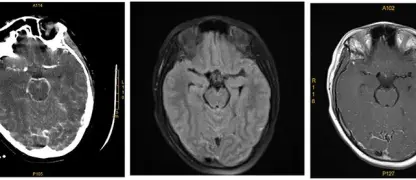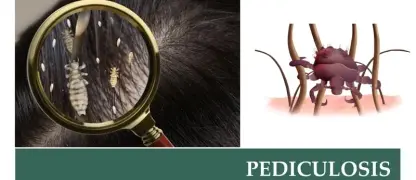Filariasis is a disfiguring parasitic disease that can go unnoticed for years before causing irreversible damage. Knowing how it spreads and recognizing its early signs are crucial for preventing long-term disability. Don't wait until it's too late.
What are the main causes of Filariasis?
- The disease is caused by microscopic, thread-like parasitic worms known as filariae, which infect the human lymphatic system.
- It is transmitted from person to person through the bites of infected mosquitoes, including Culex, Aedes, and Anopheles species.
- When a mosquito bites an infected person, it ingests microfilariae, which then develop into larvae and are passed to the next person bitten.

Key symptoms of Filariasis to watch for
- Many infections are asymptomatic, but chronic conditions can lead to lymphedema, which is severe swelling in the legs, arms, and genitals.
- Elephantiasis, a permanent and disfiguring skin and tissue thickening, is the most well-known manifestation of advanced lymphatic filariasis.
- Acute episodes can cause fever, chills, and painful inflammation of the lymph nodes and vessels, often referred to as filarial fevers.
How can you prevent Filariasis effectively?
- The most effective strategy is avoiding mosquito bites by using insect repellent, wearing long sleeves, and sleeping under a mosquito net.
- Participating in mass drug administration (MDA) programs in endemic areas can treat infections and prevent the parasite's spread throughout the community.
- Reducing mosquito breeding sites by eliminating standing water in containers around homes is a critical step in controlling the vector population.
>>> Don't miss: Creutzfeldt-Jakob Disease (CJD): An Overview
What the symptoms of look like Filariasis
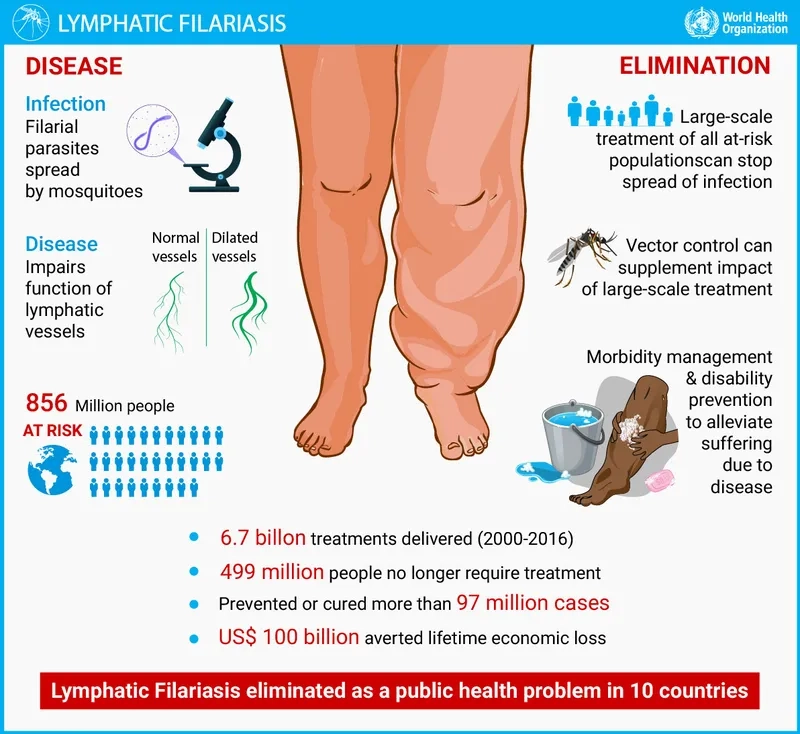

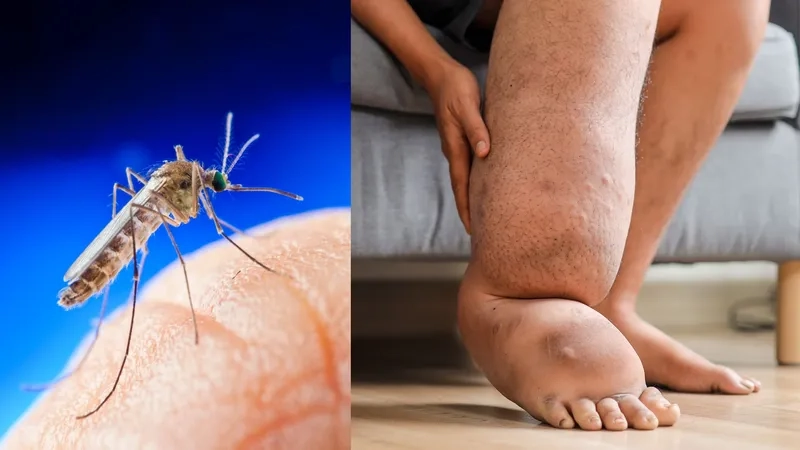
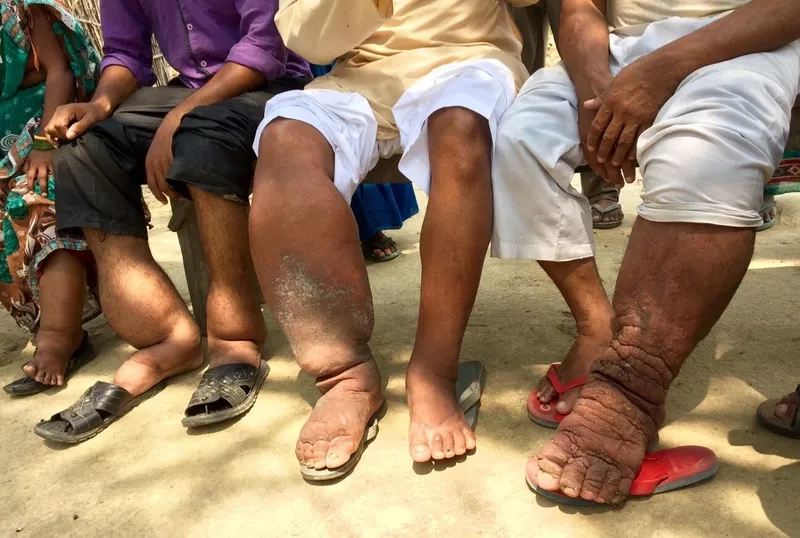


>>> Learn now: Dengue Fever: Symptoms, Treatment, and Prevention
Prevention is your strongest defense against Filariasis. By taking simple precautions against mosquito bites, you protect yourself and your community. If you live in an at-risk area, consult local health authorities about preventative treatments.
>>> See more: Ehrlichiosis: A Guide to this Tick-Borne Illness





